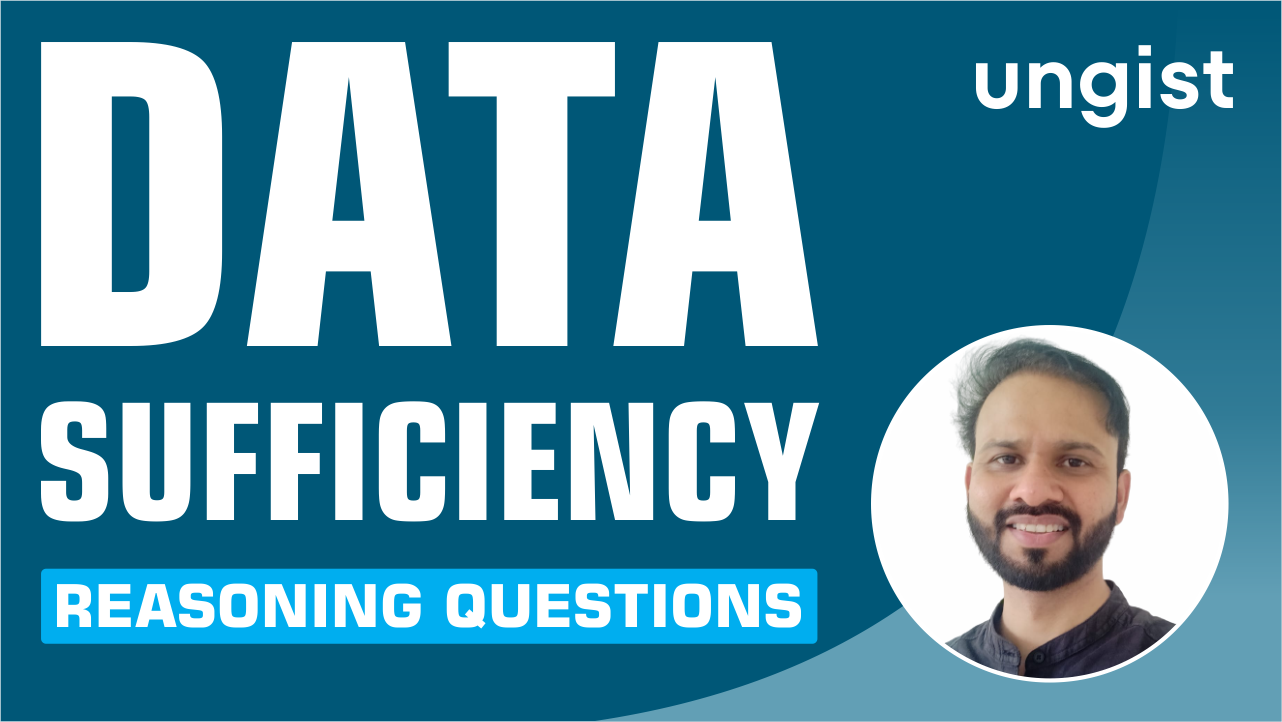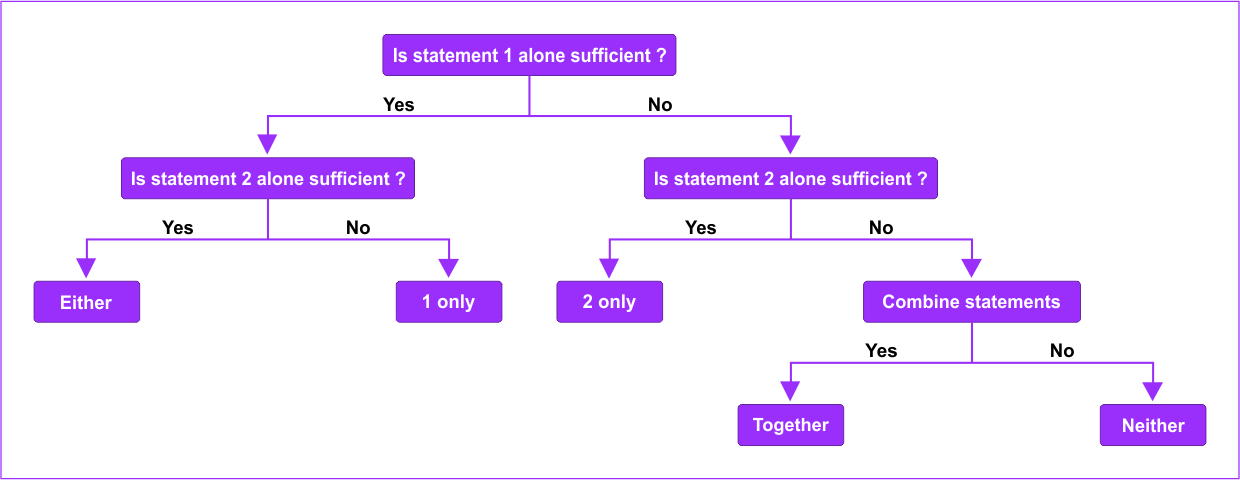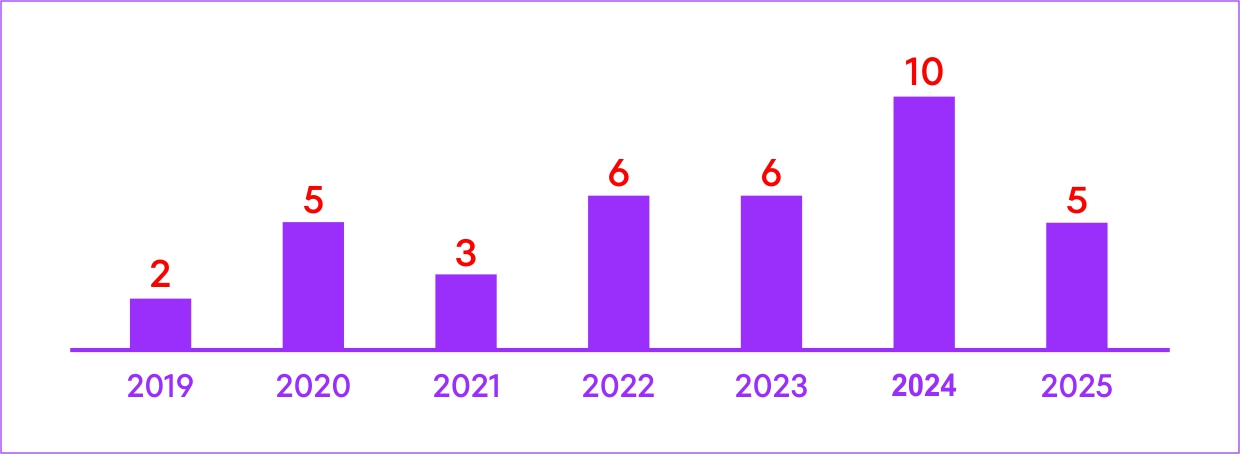Data Sufficiency for UPSC CSAT

Data Sufficiency for UPSC CSAT | Trends, Topics, Examples & PYQs PDF
Data Sufficiency questions have become one of the most important and challenging parts of the UPSC CSAT paper. Unlike typical aptitude problems, these questions test your ability to judge the sufficiency of information, not calculate the final answer.
Let’s explore what makes this format unique, why it has become UPSC’s favorite tool in both Quant and Reasoning, and how you can master it.
What is Data Sufficiency ?
Data Sufficiency is a format, not a topic. You’ll be given a question followed by two or more statements and you must decide whether the given data is sufficient to answer the question.
Important: You are not required to solve the question.
You only need to evaluate the sufficiency of each statement individually and together.
Topics Where Data Sufficiency Questions Appear
Data sufficiency can be applied across both Quantitative Aptitude and Reasoning, including:
Quantitative Topics:
Number System, Time, Speed & Distance, Time and Work, Ratio & Proportion, Averages, Percentages, Profit & Loss.
Reasoning Topics:
Direction Sense, Blood Relations, Clock & Calendar, Order & Ranking, Cubes & Dice, Coding Decoding.
In all of these areas, questions are made lengthier and more confusing when presented in data sufficiency reasoning format.
Data Sufficiency in CSAT: Year wise Trend (2019 to 2025)
This pattern confirms that Data Sufficiency is now a regular feature in the CSAT paper.
Example of Data Sufficiency Question (CSAT Style)
Let’s look at a CSAT relevant example to help you understand how such questions work.
Q. What is the value of the two digit number ?
Statement 1: The sum of its digits is 11.
Statement 2: Reversing the digits reduces the number by 27.
Options:
(a) Statement 1 alone is sufficient.
(b) Statement 2 alone is sufficient.
(c) Both statements together are sufficient.
(d) Neither statement is sufficient.
Step by Step Evaluation:
From Statement 1:
Let the number be 10x + y. We only know x + y = 11, multiple such numbers exist (29, 38, 47... etc.) → Not sufficient.
From Statement 2:
Original number: 10x + y
Reversed number: 10y + x
Given: (10x + y) – (10y + x) = 27
=> 9x – 9y = 27 ⇒ x – y = 3
Still not sufficient alone, multiple combinations possible.
Together:
x + y = 11
x – y = 3
Solving: x = 7, y = 4 → Number = 74
Sufficient together
Correct Answer: (C) Both statements together are sufficient.
Step by Step Flowchart to Solve Data Sufficiency Questions
We’ve prepared a simple flowchart that guides you through how to solve any Data Sufficiency question, whether from reasoning or quant. This visual guide is ideal for beginners and revision alike.
Data Sufficiency Flowchart

This will help you:
- Avoid overthinking
- Save time during the exam
- Follow a systematic approach
Free Resource: Data Sufficiency PYQ PDF (2019 to 2025)
We’ve compiled all Data Sufficiency questions asked in UPSC CSAT from 2019 to 2025 in one downloadable PDF.
Practice directly from UPSC's past papers and see what kind of logical reasoning they expect.
Best Study Material: UNGIST CSAT Book
To build strong fundamentals in data sufficiency reasoning questions, refer to the UNGIST CSAT Book by Ram Mohan Pandey:
- Includes data sufficiency in all major CSAT topics.
- PYQs with explanations.
- Formula free reasoning techniques.
- Designed for non maths and Arts background aspirants.
Final Tips
- Don’t memorize; practice logical evaluation.
- Start from familiar topics (like Number System).
- Solve PYQs and apply the flowchart method.
- Focus on clarity over calculation.
Frequently Asked Questions (FAQs)
These are logic based questions where you're asked whether the given data is enough to answer, not to solve the actual problem.
In recent years, UPSC has asked between 4 and 10 data sufficiency questions per paper.
You can download the free PYQ PDF from UNGIST’s website.
Yes. Use our flowchart method and never waste time solving, just evaluate the logic.


